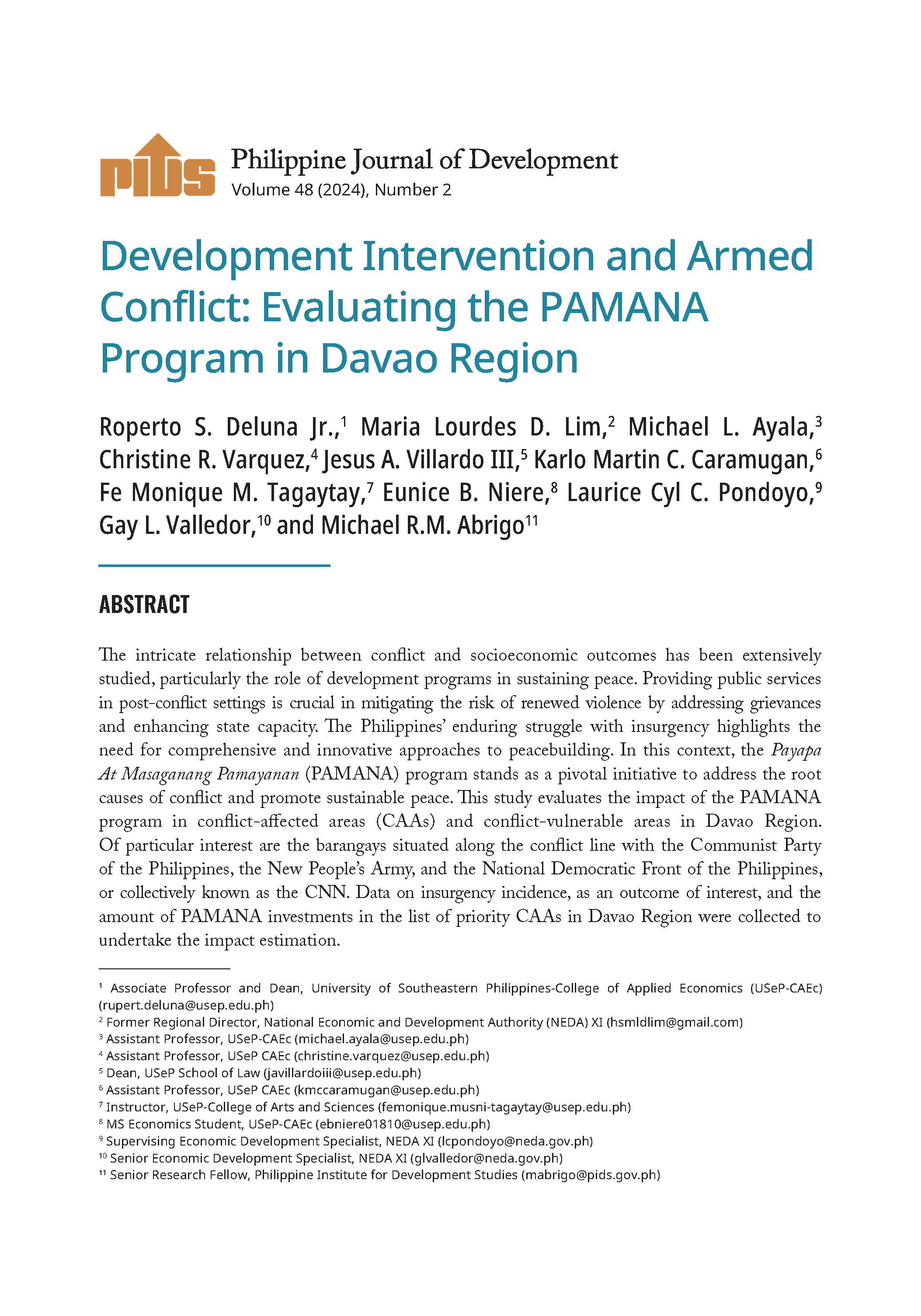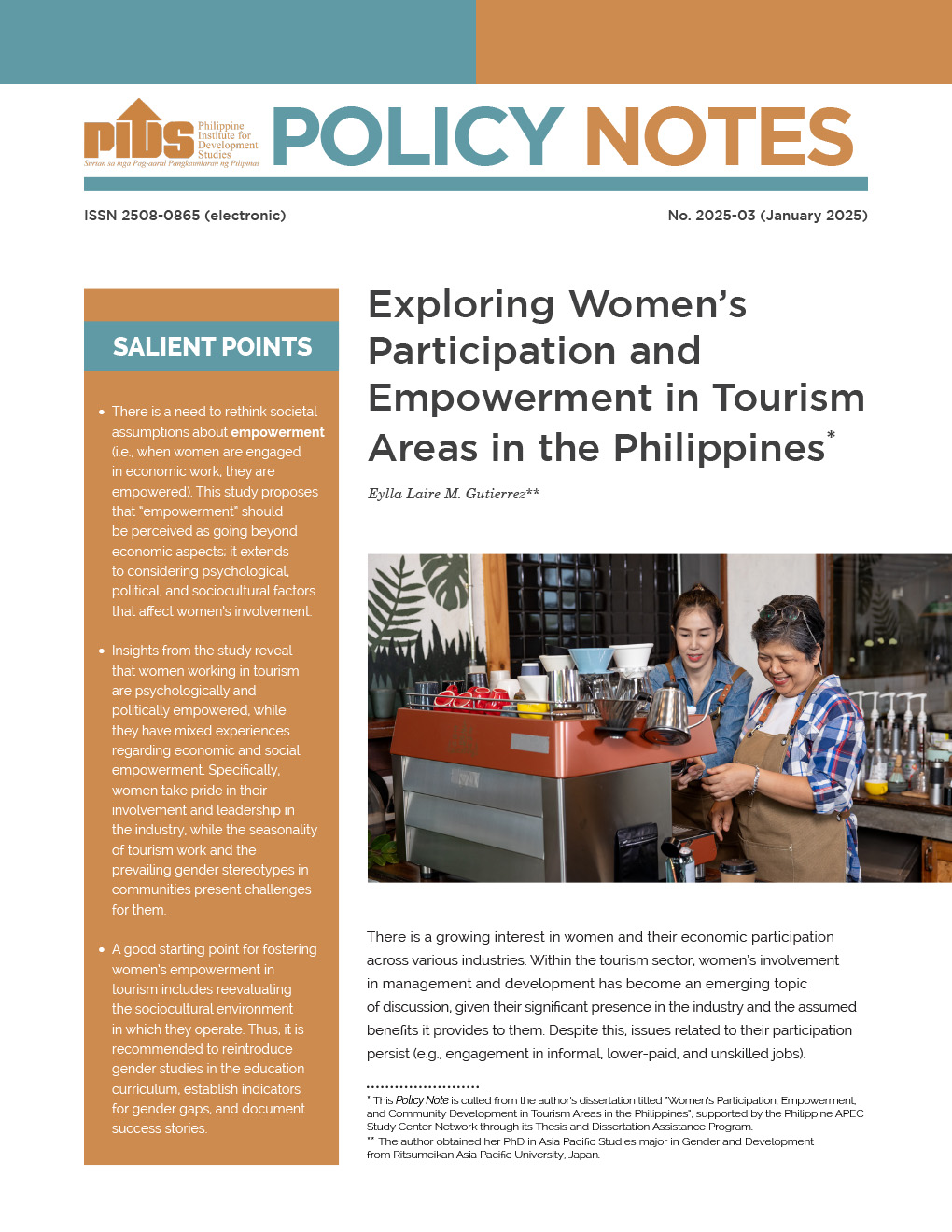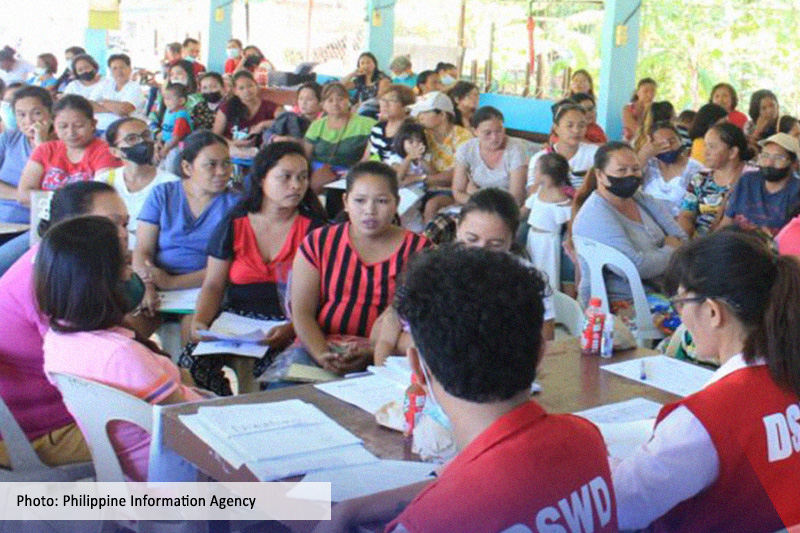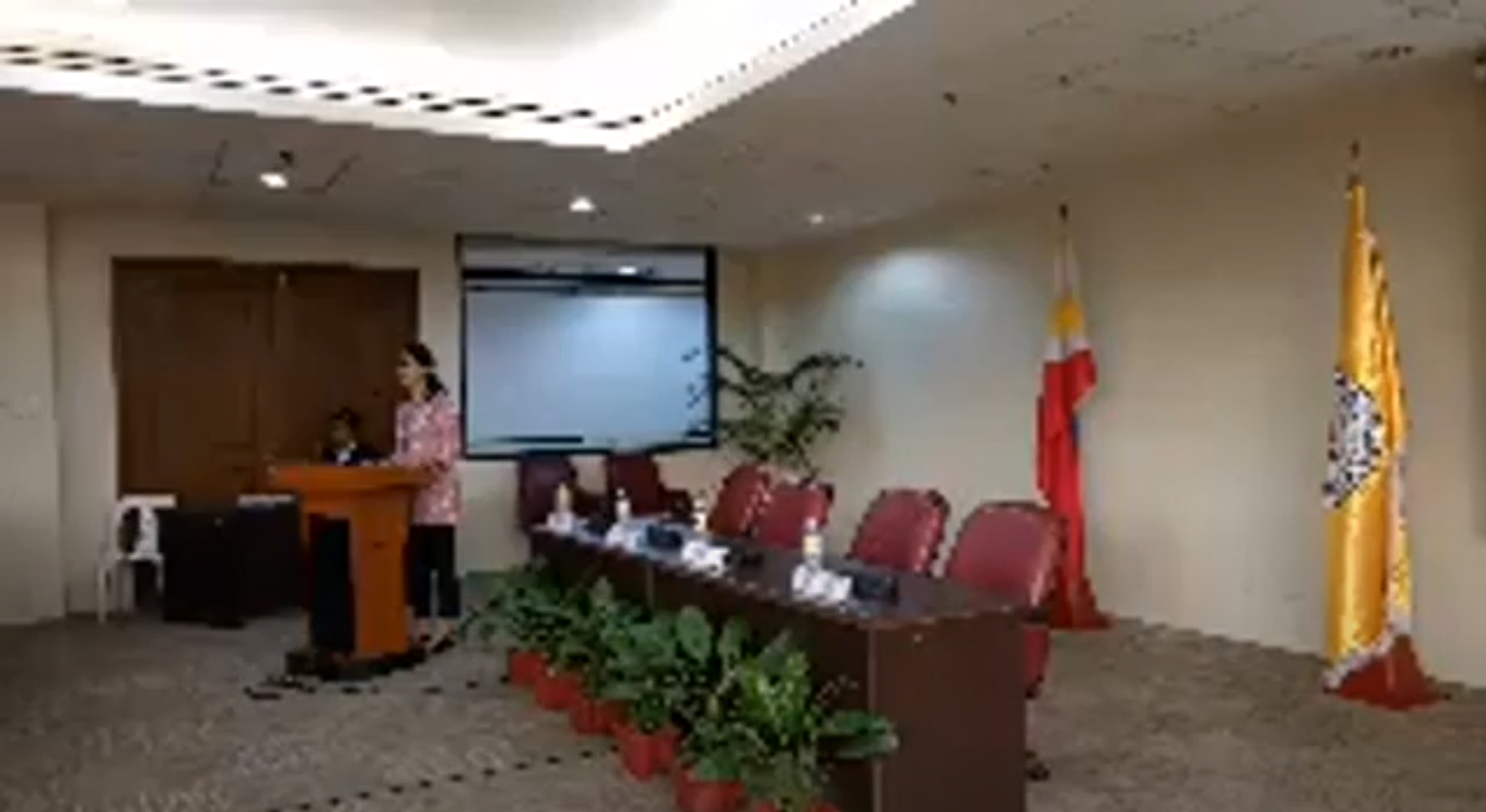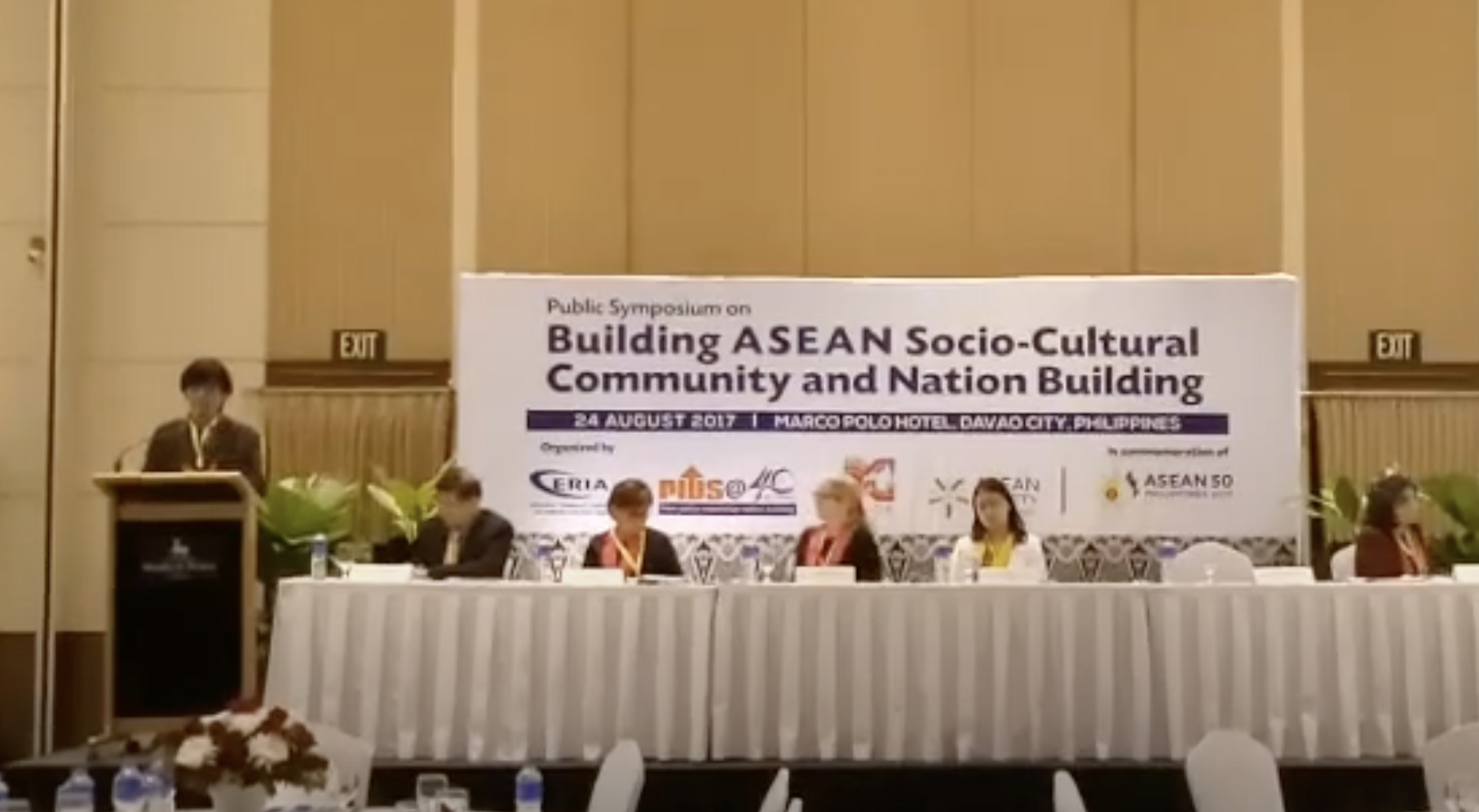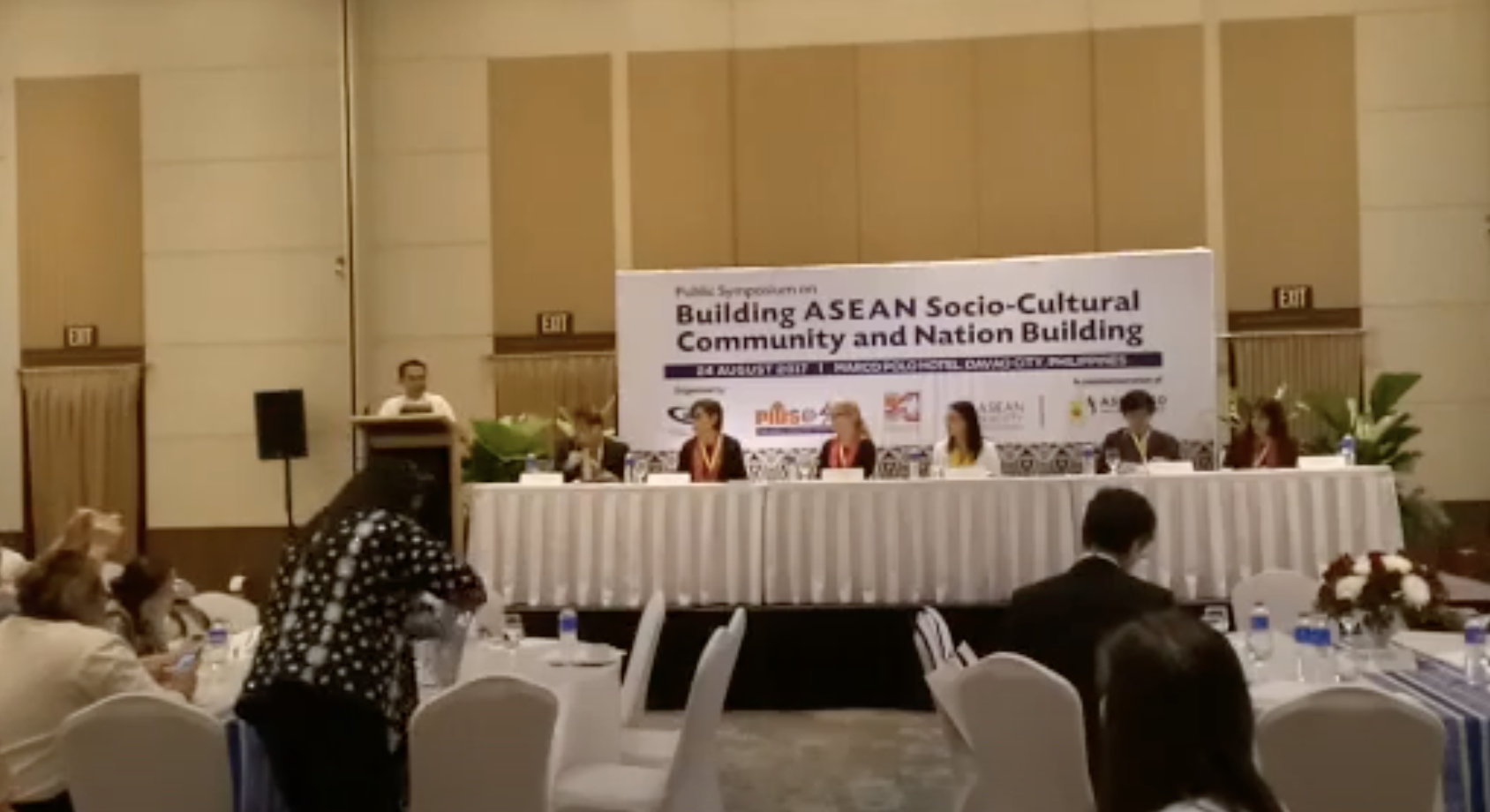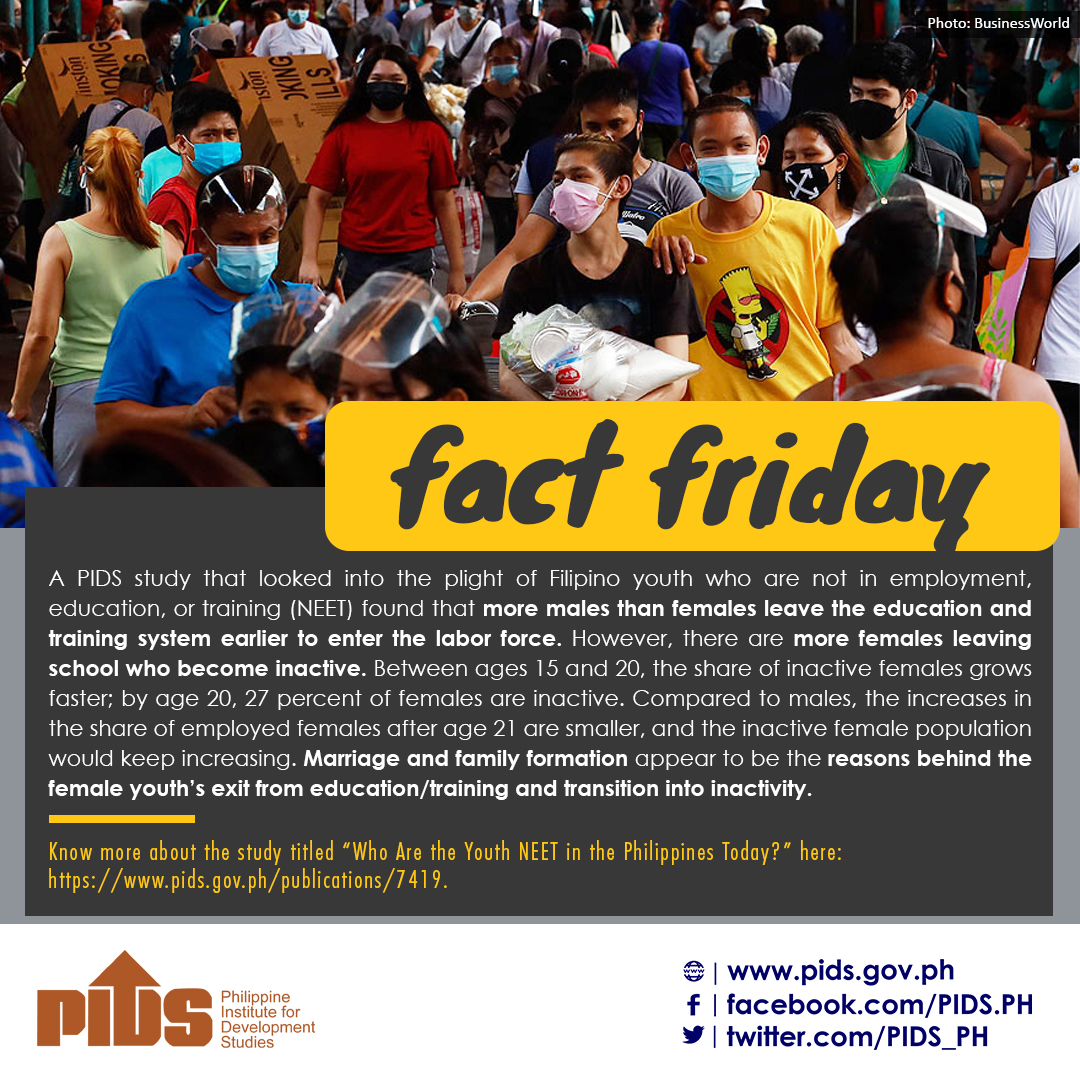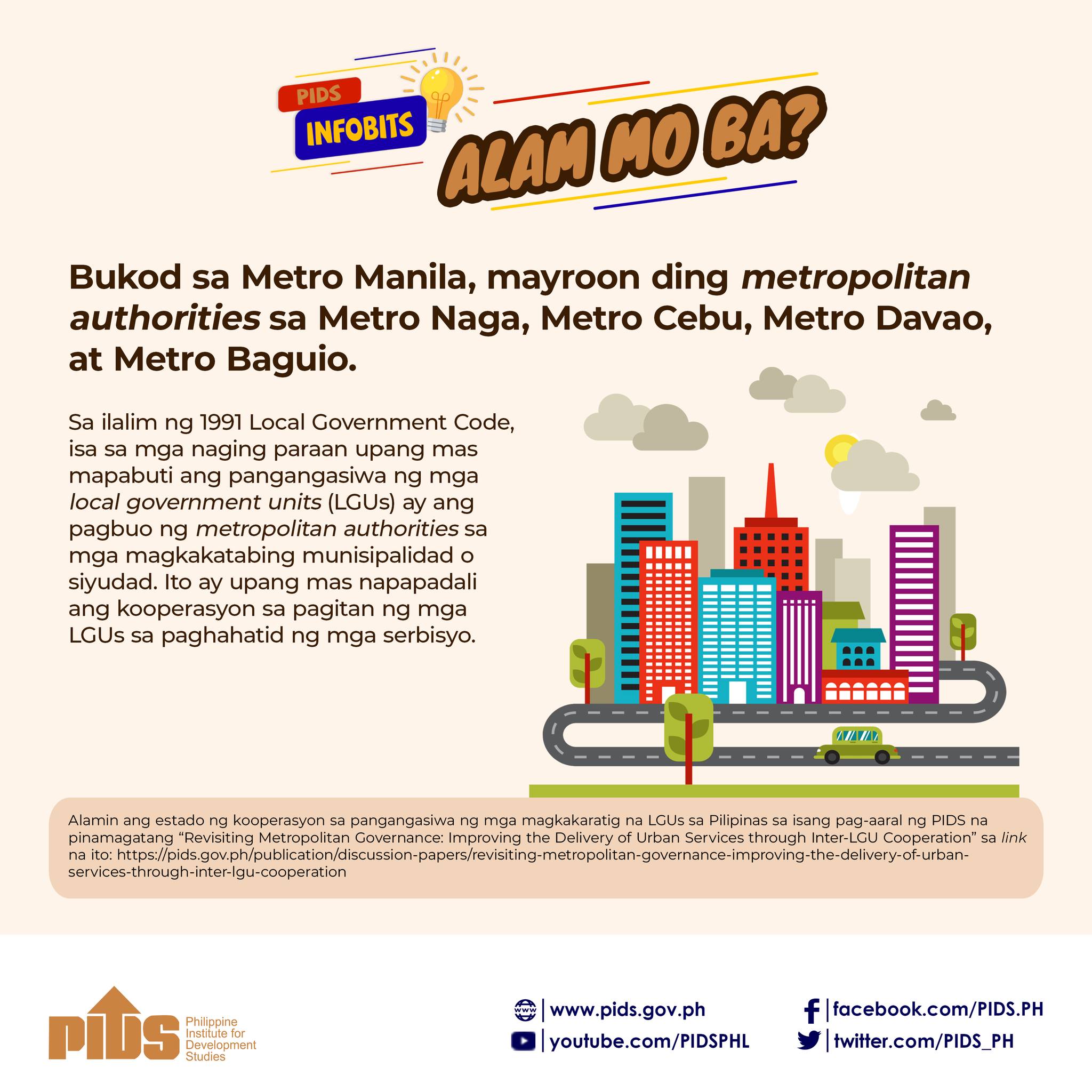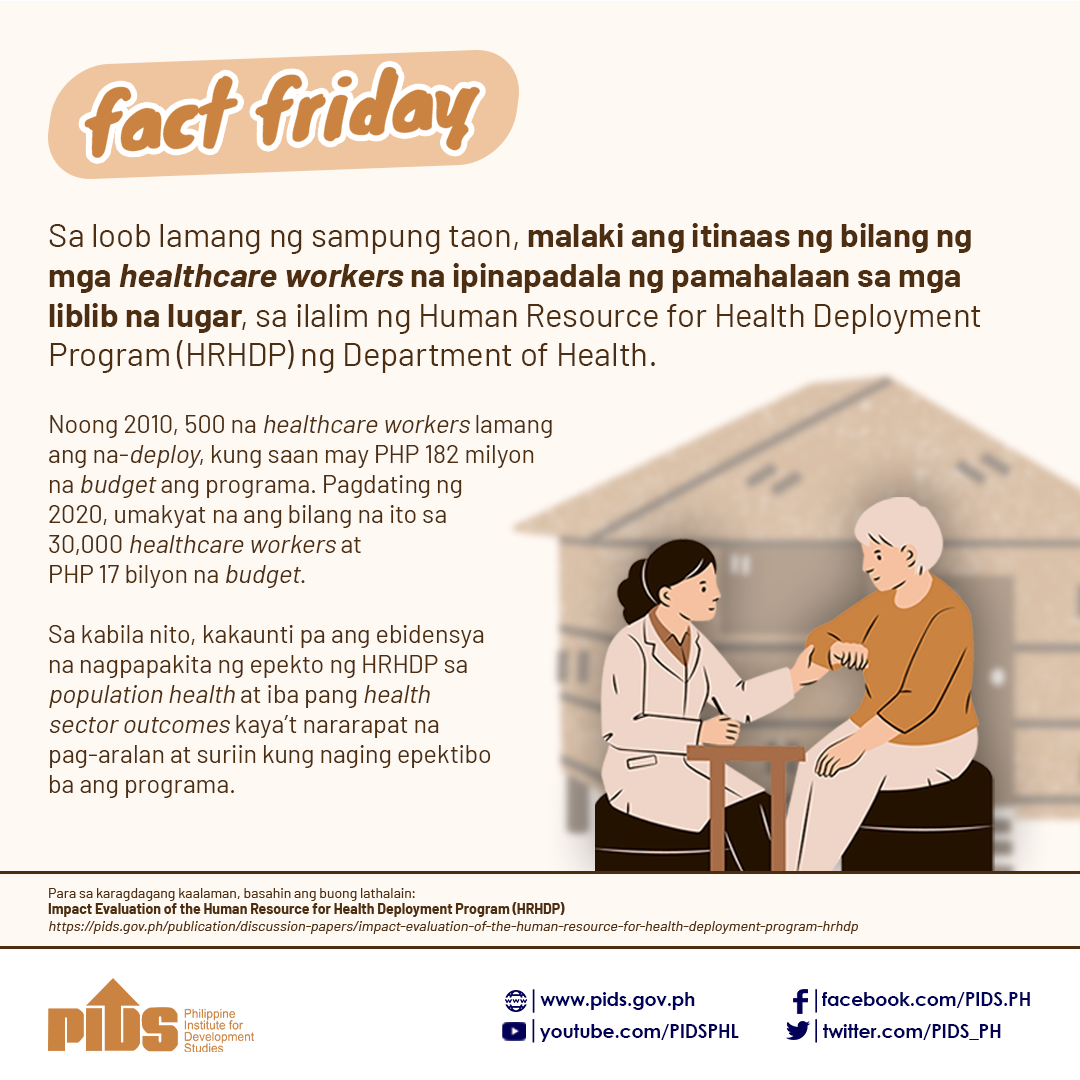Why do Filipinos from impoverished rural regions leave for densely populated cities and get trapped in the squalor of the urban margins? The answer has been a national dilemma for generations. They search for greener pastures – employment, stability and a better shot at the future.
Will the government’s call for “Balik Probinsya, Bagong Pagasa” reverse the exodus from the countryside?
Amid the Covid-19 pandemic and lockdown in Luzon, the country’s most populous region, Sen. Christopher Lawrence Go floated the idea in a late-night briefing with Covid task force members. On May 6, President Rodrigo Duterte formalized the concept by signing Executive Order 114, which encourages Metro Manila migrants to journey back to the provinces in the hope of restarting better lives.
The call for people to trek back to their provincial roots had been made in the past, but the diaspora has not only continued but veered beyond the Philippines starting in the 1970s. Rural migrants ended up in urban shantytowns and many had set their sights beyond Manila and key cities. About a tenth of the country’s more than 100 million people now work or live abroad.
Duterte’s Executive Order calls for linking rural areas to growth centers more effectively and making inclusive growth a reality by generating employment and opportunities from new and expanded businesses in rural regions. A council was tasked to formulate guidelines within 30 days after the order was signed by the first president to come from Mindanao, a region long resentful of how most resources have poured into Manila.
Experts agree that backward rural conditions have sparked the departure of people, especially the young, toward the bustle and dynamism of the Manila metropolis and a few progressive cities like Cebu and Davao. The daunting task is how more of the countryside can be transformed into growth centers given the colossal financing and logistics needed to stop people from leaving and convince many more to return.
A couple of provinces have readily agreed to take returning residents to their fold. But will it be as easy to uproot residents teeming in urban centers and resettle them back in provincial areas? Many live in the margins of Metro Manila, which is bursting with 12.5 million people based on the 2015 census. It has also been said about 3.5 million leave Metro Manila for homes in Cavite, Bulacan, Laguna, Batangas and Rizal.
Kidapawan Bishop Colin Bagaforo said there are employment opportunities for families returning to North Cotabato in the rubber, banana and palm oil plantations. But he said in Tapatan sa Aristocrat‘s virtual forum that the government has not prepared to extend enough employment and basic necessities to lure people to return.
“What we ought to answer is the question why people decide to leave the provinces for Manila in the first place,” he said, adding people search for decent and well-paying jobs.
“If we can give them work, probably land to farm, and decent housing, then we will not have any problem,” Bagaforo added.
UP Population Institute Professor Nimfa Ogena said a 2018 survey revealed that 55 percent of Filipinos 15 years old and above have moved to or lived in another town, city, province, region or country for three months or more since birth.
Forty-nine percent relocated within the country as internal migrants, 3 percent transferred to or from another country as international migrants while 4 percent were both internal and international migrants.
“In the survey made by the Philippine Statistics Authority and UP-Population Institute, we found out 67% moved within the same region while 33% crossed regional boundaries,” Ogena said. She referred to the National Migration Survey, the first nationally representative survey conducted in the country pertaining to migration.
Majority of them moved within the region, with 84 percent moving to another residence within the last five years and 14 percent traveling abroad, and the remaining 2 percent moving within and outside the country.
The county’s top regions in out-migration are the National Capital Region, Calabarzon, Central Luzon, Bicol and Northern Mindanao while the top regions in in-migration are the National Capital Region, Calabarzon, Eastern Visayas, Bicol and Davao.
Asked why people move from and within regions, Ogena said they were in search of employment. Housing facilities and access to school also encourage migration.
She said a very small percentage of those surveyed migrated due to peace and order concerns.
Their survey revealed most of respondents were unskilled workers, a lesser number were from sales and service-oriented work, and an even smaller percentage were involved in crafts.
Asked of their plans for the next five years, those from the 20 to 29 age bracket said they planned to move to other regions.
With higher education attainment, most of them plan to move to other places and 36 percent plan to go overseas. The most preferred regions are Calabarzon, National Capital Region, Soccsksargen and Central Visayas.
Aurora Tabuga, a Philippine Institute of Development Studies research fellow, said “people will move” as long as there exists large inequality in wages.
“Executive Order 114 has good intentions and appears promising. This is a good opportunity for people to return to the provinces for balanced regional development,” she said.
Most of the country’s poor, however, are in the rural areas with farmers hardly making both ends meet. Their children refuse to work as farm hands, Tabuga said, citing existing data. They would end up trying their luck in growth centers like Metro Manila, Cebu and Davao among others.
Former Agriculture Secretary Leonardo Montemayor said the government need not even think of bringing people back to the rural areas. It is imperative for the government to revive agriculture and fisheries so farmers and fisherfolk need not look for employment elsewhere, he said.
This could be done if the government extends low-interest loans to farmers and fishermen and introducing science-based technology that would increase their sectors’ profit, he said.
“Failure to reinvigorate agriculture and fisheries would mean more people flocking to growth areas,” he said.
In a separate interview, an engineer said their company has about 2,000 working on a project in Metro Manila. With the enhanced community quarantine (ECQ) or lockdown in place, some 300 preferred to stay at the barracks. The 1,700 or so come from nearby provinces.
“Most of the 300 residing at the company barracks come from Mindanao and the Visayas,” he said. Despite the lockdown, the company has provided them with weekly wages so income is never a problem.
Should the demand for high-rise residences decline due to Covid-19, however, construction companies may be forced to retrench workers, he said.
Asked if their workers would think of returning to their provinces, the engineer said it would be good if construction companies have projects in the regions, say Naga or Legazpi, Butuan or Cotabato cities.
“If there are no projects in the regions outside these growth areas, what work would these construction workers have?” he asked.
President Ferdinand Marcos considered encouraging people to return to provinces back in 1972. The program was handled by the National Economic and Development Authority.
Bishop Bagaforo, chairman of the CBCP Episcopal Commission on Social Action, Justice and Peace, said that if the government would provide employment opportunities, decent work, agricultural land, adequate support facilities and basic services, rural folk won’t consider leaving.
A hindrance to bring employment generators to the provinces is higher power costs. Some areas near multipurpose dams in Luzon and Mindanao are still without electricity. It is glaring for Palawan which sits 80 kilometers east of Malampaya not to benefit from natural gas. While it requires capital investments to install power lines, the better alternative includes solar, wind, mini-hydro and geothermal but such would need foreign investments.
It may be imperative for the national government to rethink the devolution of the Department of Agriculture for it to field extension workers to assist farmers in modern yet sustainable farming techniques. It has been said a number of provinces have no extension workers.
Attempts by previous administrations to lure people back to the provinces ended in failure because they failed to bring the government to the people. According to the Asian Development Bank, in its paper entitled “Defining and Measuring Inclusive Growth: Application to the Philippines” in 2007, inclusive growth is dependent on two factors, the average opportunities available to the population and how these opportunities are shared among the population.
With the Covid-19 pandemic bringing almost everything to a standstill, analysts think the Duterte administration’s “Balik Probinsya, Bagong Pagasa” is a good soundbite but will likely remain a pipe dream and a mirage.
Will the government’s call for “Balik Probinsya, Bagong Pagasa” reverse the exodus from the countryside?
Amid the Covid-19 pandemic and lockdown in Luzon, the country’s most populous region, Sen. Christopher Lawrence Go floated the idea in a late-night briefing with Covid task force members. On May 6, President Rodrigo Duterte formalized the concept by signing Executive Order 114, which encourages Metro Manila migrants to journey back to the provinces in the hope of restarting better lives.
The call for people to trek back to their provincial roots had been made in the past, but the diaspora has not only continued but veered beyond the Philippines starting in the 1970s. Rural migrants ended up in urban shantytowns and many had set their sights beyond Manila and key cities. About a tenth of the country’s more than 100 million people now work or live abroad.
Duterte’s Executive Order calls for linking rural areas to growth centers more effectively and making inclusive growth a reality by generating employment and opportunities from new and expanded businesses in rural regions. A council was tasked to formulate guidelines within 30 days after the order was signed by the first president to come from Mindanao, a region long resentful of how most resources have poured into Manila.
Experts agree that backward rural conditions have sparked the departure of people, especially the young, toward the bustle and dynamism of the Manila metropolis and a few progressive cities like Cebu and Davao. The daunting task is how more of the countryside can be transformed into growth centers given the colossal financing and logistics needed to stop people from leaving and convince many more to return.
A couple of provinces have readily agreed to take returning residents to their fold. But will it be as easy to uproot residents teeming in urban centers and resettle them back in provincial areas? Many live in the margins of Metro Manila, which is bursting with 12.5 million people based on the 2015 census. It has also been said about 3.5 million leave Metro Manila for homes in Cavite, Bulacan, Laguna, Batangas and Rizal.
Kidapawan Bishop Colin Bagaforo said there are employment opportunities for families returning to North Cotabato in the rubber, banana and palm oil plantations. But he said in Tapatan sa Aristocrat‘s virtual forum that the government has not prepared to extend enough employment and basic necessities to lure people to return.
“What we ought to answer is the question why people decide to leave the provinces for Manila in the first place,” he said, adding people search for decent and well-paying jobs.
“If we can give them work, probably land to farm, and decent housing, then we will not have any problem,” Bagaforo added.
UP Population Institute Professor Nimfa Ogena said a 2018 survey revealed that 55 percent of Filipinos 15 years old and above have moved to or lived in another town, city, province, region or country for three months or more since birth.
Forty-nine percent relocated within the country as internal migrants, 3 percent transferred to or from another country as international migrants while 4 percent were both internal and international migrants.
“In the survey made by the Philippine Statistics Authority and UP-Population Institute, we found out 67% moved within the same region while 33% crossed regional boundaries,” Ogena said. She referred to the National Migration Survey, the first nationally representative survey conducted in the country pertaining to migration.
Majority of them moved within the region, with 84 percent moving to another residence within the last five years and 14 percent traveling abroad, and the remaining 2 percent moving within and outside the country.
The county’s top regions in out-migration are the National Capital Region, Calabarzon, Central Luzon, Bicol and Northern Mindanao while the top regions in in-migration are the National Capital Region, Calabarzon, Eastern Visayas, Bicol and Davao.
Asked why people move from and within regions, Ogena said they were in search of employment. Housing facilities and access to school also encourage migration.
She said a very small percentage of those surveyed migrated due to peace and order concerns.
Their survey revealed most of respondents were unskilled workers, a lesser number were from sales and service-oriented work, and an even smaller percentage were involved in crafts.
Asked of their plans for the next five years, those from the 20 to 29 age bracket said they planned to move to other regions.
With higher education attainment, most of them plan to move to other places and 36 percent plan to go overseas. The most preferred regions are Calabarzon, National Capital Region, Soccsksargen and Central Visayas.
Aurora Tabuga, a Philippine Institute of Development Studies research fellow, said “people will move” as long as there exists large inequality in wages.
“Executive Order 114 has good intentions and appears promising. This is a good opportunity for people to return to the provinces for balanced regional development,” she said.
Most of the country’s poor, however, are in the rural areas with farmers hardly making both ends meet. Their children refuse to work as farm hands, Tabuga said, citing existing data. They would end up trying their luck in growth centers like Metro Manila, Cebu and Davao among others.
Former Agriculture Secretary Leonardo Montemayor said the government need not even think of bringing people back to the rural areas. It is imperative for the government to revive agriculture and fisheries so farmers and fisherfolk need not look for employment elsewhere, he said.
This could be done if the government extends low-interest loans to farmers and fishermen and introducing science-based technology that would increase their sectors’ profit, he said.
“Failure to reinvigorate agriculture and fisheries would mean more people flocking to growth areas,” he said.
In a separate interview, an engineer said their company has about 2,000 working on a project in Metro Manila. With the enhanced community quarantine (ECQ) or lockdown in place, some 300 preferred to stay at the barracks. The 1,700 or so come from nearby provinces.
“Most of the 300 residing at the company barracks come from Mindanao and the Visayas,” he said. Despite the lockdown, the company has provided them with weekly wages so income is never a problem.
Should the demand for high-rise residences decline due to Covid-19, however, construction companies may be forced to retrench workers, he said.
Asked if their workers would think of returning to their provinces, the engineer said it would be good if construction companies have projects in the regions, say Naga or Legazpi, Butuan or Cotabato cities.
“If there are no projects in the regions outside these growth areas, what work would these construction workers have?” he asked.
President Ferdinand Marcos considered encouraging people to return to provinces back in 1972. The program was handled by the National Economic and Development Authority.
Bishop Bagaforo, chairman of the CBCP Episcopal Commission on Social Action, Justice and Peace, said that if the government would provide employment opportunities, decent work, agricultural land, adequate support facilities and basic services, rural folk won’t consider leaving.
A hindrance to bring employment generators to the provinces is higher power costs. Some areas near multipurpose dams in Luzon and Mindanao are still without electricity. It is glaring for Palawan which sits 80 kilometers east of Malampaya not to benefit from natural gas. While it requires capital investments to install power lines, the better alternative includes solar, wind, mini-hydro and geothermal but such would need foreign investments.
It may be imperative for the national government to rethink the devolution of the Department of Agriculture for it to field extension workers to assist farmers in modern yet sustainable farming techniques. It has been said a number of provinces have no extension workers.
Attempts by previous administrations to lure people back to the provinces ended in failure because they failed to bring the government to the people. According to the Asian Development Bank, in its paper entitled “Defining and Measuring Inclusive Growth: Application to the Philippines” in 2007, inclusive growth is dependent on two factors, the average opportunities available to the population and how these opportunities are shared among the population.
With the Covid-19 pandemic bringing almost everything to a standstill, analysts think the Duterte administration’s “Balik Probinsya, Bagong Pagasa” is a good soundbite but will likely remain a pipe dream and a mirage.

